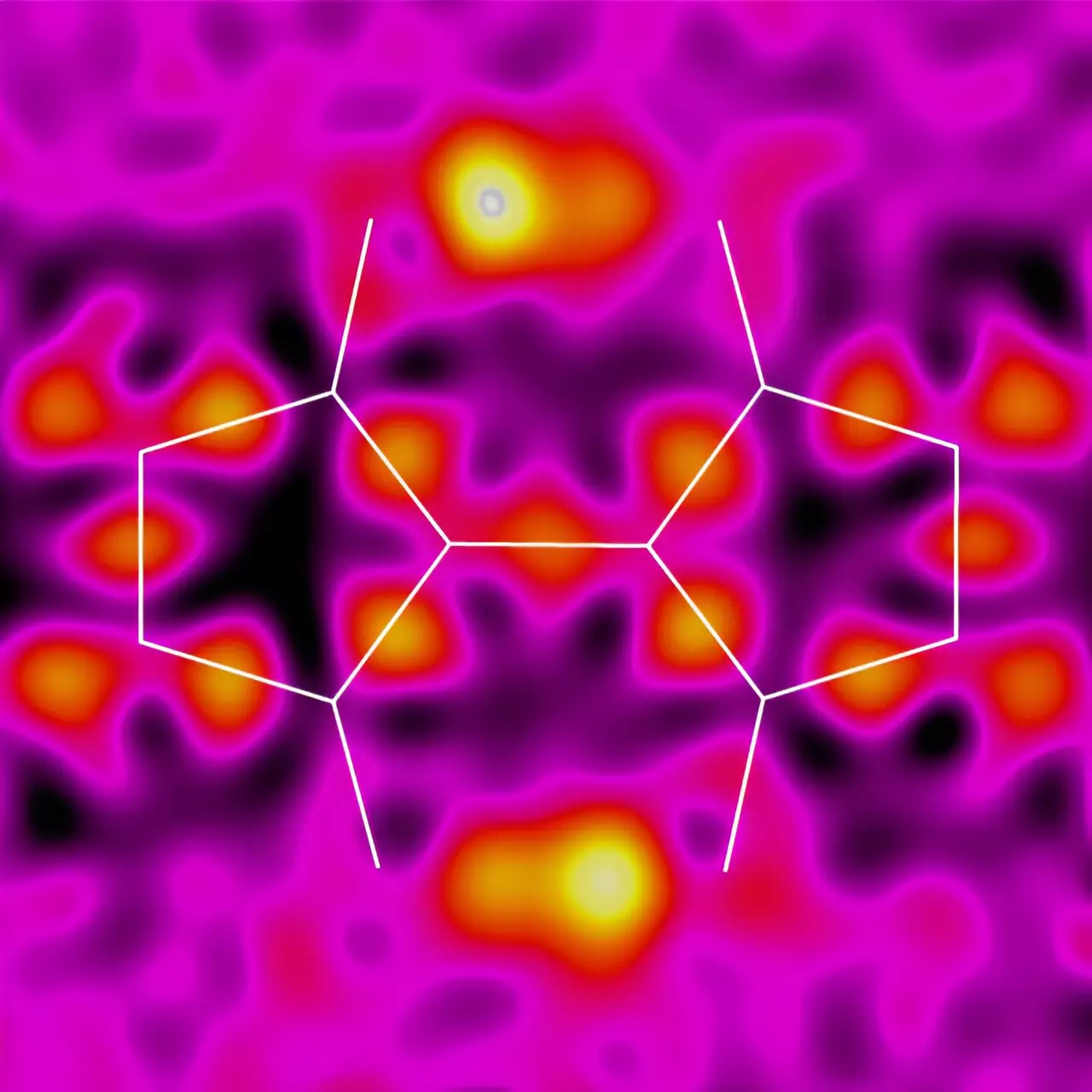In recent years, there has been a significant interest in the development of semiconductors based on organic molecules. Unlike traditional rigid semiconductors, organic molecules offer the potential for flexibility, ductility, and lightweight properties, which opens up new possibilities for the design of semiconductor devices. Additionally, organic semiconductors have the advantage of having a broad range of structures, allowing for enhanced electronic functionalities.
Keisuke Tajima, a researcher at the RIKEN Center for Emergent Matter Science and his team, sought to explore this potential for enhanced electronic function through molecular design. They investigated a molecule related to the natural dye indigo, called 3,3-dihydroxy-2,2-biindan-1,1-dione (BIT). The research aimed to discover if protons and electrons could move synchronously in the solid state, a concept known as proton-coupled electron transfer.
Proton-coupled electron transfer plays a vital role in efficient electron transfer in biological systems. However, it had not been demonstrated in solid-state materials until now. Tajima and his team discovered that BIT and its derivatives undergo unique rearrangements in their structures involving double-proton transfer. These unusual rearrangements indicate that BIT and its derivatives have the potential to serve as electronic functional materials.
The BIT molecule incorporates two protons ideally positioned for hopping during electron transfer. Previously, the synthesis of BIT required harsh conditions that limited the range of derivatives that could be made. However, Tajima’s team developed a room-temperature approach that enabled the synthesis of several BIT derivatives under much milder conditions. With these BIT derivatives at hand, the team set out to explore the properties of the molecules.
The most challenging aspect of the research was proving that the protons in BIT do undergo proton transfer between molecules in the solid state. Collaborating with RIKEN experts in X-ray crystallography and solid-state nuclear magnetic resonance (NMR), the team demonstrated that the two protons in BIT rapidly exchanged their positions. Calculations further suggested that proton transfer was indeed coupled with charge transport.
While the team is yet to confirm this coupling experimentally, Tajima remains optimistic about the potential of proton transfer enhancing charge transport, seeing it as a path to new and interesting possibilities in fundamental physics. The breakthrough in the synthesis of BIT derivatives under milder conditions brings us one step closer to realizing the potential of organic semiconductors in the development of advanced electronic devices.
Applications in Electronic Devices
The discovery of a method for making synthetic derivatives of indigo, such as BIT, without the need for harsh conditions holds immense promise for the field of electronic devices. Organic semiconductors with enhanced flexibility, ductility, and lightweight properties can revolutionize the design of electronic gadgets.
One potential application is in the development of light-responsive electronic devices. Organic semiconductors based on indigo derivatives could provide the foundation for flexible smart devices that can adapt to changing lighting conditions, making them more efficient and user-friendly.
Another area that could benefit from this breakthrough is biomedical sensors. The stretchy nature of organic semiconductors makes them an ideal material for developing wearable sensors that can monitor vital signs. By integrating indigo derivatives into these sensors, it could enhance their functionality and performance.
Future Perspectives
The development of organic semiconductors based on indigo derivatives has the potential to revolutionize the field of electronic devices. The ability to synthesize these derivatives under milder conditions expands the possibilities for designing semiconductor materials with enhanced properties.
As researchers continue to explore the potential of proton-coupled electron transfer and its impact on charge transport, there is the exciting prospect of uncovering new ways to manipulate the behavior of organic semiconductors. This research opens up avenues for further experimentation and could lead to breakthroughs in the development of advanced electronic devices.
With this breakthrough, the field of organic semiconductors takes a significant step forward, bringing us closer to a future where flexible, lightweight, and highly functional electronic devices are a reality.


Leave a Reply